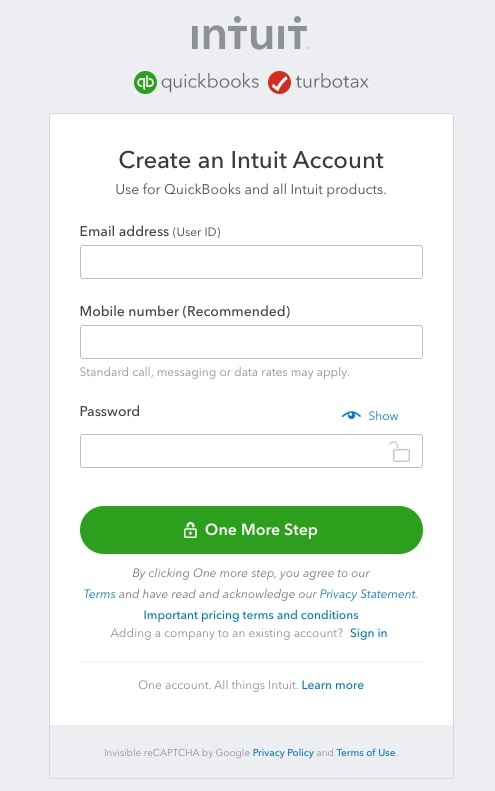Turn on suggestions
Auto-suggest helps you quickly narrow down your search results by suggesting possible matches as you type.
Showing results for
Hi
I have just set up a ltd company after being self employed fo many years. I need to import the invoice & statement templates. Also my customer/supplier/item lists.
Can you kindly advise me how to do this.
I run quickbooks pro desktop latest version
Solved! Go to Solution.
Welcome back to the Community, @EEX.
In the desktop version, importing invoices and other transactions can be done using the IIF file format. I suggest you continue using the feature to transfer the data into another company file.
To help eliminate the errors, I suggest using the improved IIF Import kit. It can help scan bad data.
Once it finds one, the tool will show the number of items successfully imported or failed. Aside from that, it provides a new.IIF file of the failed transactions, along with the description.
The following guide provides an overview of how to successfully export or import entries:
Improved IIF Import in QuickBooks 2019 and later.
Keep in touch if you have any other questions or concerns. I’ll be right here to answer them for you. Enjoy the rest of the day.
Hi EEX,
You can import invoices to QuickBooks Desktop using an Intuit Interchange Format (.IIF) file. Let me guide you how.
Here's an article for more information on what you can import in QuickBooks: Import and Export Data In QuickBooks Desktop.
Then, import customers, vendors, and items. Here's how:
Please go over to this article: Import Or Export MS Excel Files.
However, if you haven't transferred your data from your QuickBooks Self-Employed (QBSE) account to Excel, you can only export them as PDF files. You'll want to manually enter your data in QuickBooks.
I have these help articles in case you have other questions about QuickBooks Desktop.
Let me know if you have any other concerns. I'll be here to help.
Hi
Apologies for my late response. It's a bit crazy in the UK right now.
Just so your aware iv'e been running QBPRO desktop for all the time i have traded. I have not run a self employed version. Does that affect your instructions?
Also when I import the files albeit .IIF files or excel files what file do I have open, the new ltd company file or the old non ltd file?
I hope that makes sense.
Hello there, EEX.
Thank you for getting back to us. Let me answer your follow-up questions and share some insights about importing information into QuickBooks Desktop.
Let's start with your first question. Though you have not run QuickBooks Self-Employed, it does not affect the instructions provided by my colleague. They are the general steps to import lists and transactions in QuickBooks Desktop.
Next, let me answer your question about which company file to open when you import. You need to open the company file you wish to save the exported data. If you export them from the old company file, then you can import them to the new file to save time from manually transferring data.
Meanwhile, the option to import statement templates is currently unavailable. I suggest using a third party software or to enter them manually. Also, make sure to back up your company file to avoid accidental data loss.
For additional reference, I've attached an article you can use to set up the opening balance, as well as to handle pending payments in QuickBooks: Enter an Opening Balance for a Bank, Credit card, and Other Types of Accounts.
Let me know if you have additional questions. Take care.
Hi
Thank you for your response.
I exported my customer list to iif. I then imported it but it shows 288 errors. Any idea why ?
Regards
Hi Also
Is it just the statement template that cant be imported or sales invoices too?
If you could kindly advise.
Regards
Welcome back to the Community, @EEX.
In the desktop version, importing invoices and other transactions can be done using the IIF file format. I suggest you continue using the feature to transfer the data into another company file.
To help eliminate the errors, I suggest using the improved IIF Import kit. It can help scan bad data.
Once it finds one, the tool will show the number of items successfully imported or failed. Aside from that, it provides a new.IIF file of the failed transactions, along with the description.
The following guide provides an overview of how to successfully export or import entries:
Improved IIF Import in QuickBooks 2019 and later.
Keep in touch if you have any other questions or concerns. I’ll be right here to answer them for you. Enjoy the rest of the day.

You have clicked a link to a site outside of the QuickBooks or ProFile Communities. By clicking "Continue", you will leave the community and be taken to that site instead.
